The Paulownia wooden box bears the inscription 乾山焼 (Kenzan-yaki)
Pearl silk cord
Faceted Obijime
Netsuke: Mask of Oni (Japanese Demon)
It presents an elegant painting, with graphics in the style of paintings by Ogata Kenzan of the Rinpa School.
Kenzan-yaki means the traditional way of firing this pottery. Kenzan-yaki is Raku-yaki style pottery that appeared in Kyoto between 1688 and 1704.
Information on Ogata Kenzan and the Rinpa School:
Ogata Kenzan (1663–1743), originally Ogata Shinsei, also known as the pseudonym of Shisui, was a Japanese potter and painter of the Rinpa school. Ogata Kenzan was a disciple of the Rinpa School. The Rinpa school (琳派), sometimes transcribed "Rimpa", is one of the major historical schools of decorative Japanese painting. But it is not a “school” following the Japanese tradition, with a master and apprentices, his future heirs.
The name Rinpa comes from the name of an artist from the middle of the Edo period, Ogata Korin (1658-1716), from whom we borrowed the character "Rin", attached to the character "Pa": "Faction", " School”, but which includes artists from the beginning of the 17th to the 20th century who chose to appropriate elements of the style introduced by the first or their successors.
This term, “Rinpa”, literally “the School of Korin”, is therefore attributed retrospectively to various artists who use certain stylistic traits initially put into use at the beginning of the 17th century by two artists. Indeed the movement in which Korin was located had appeared at the very beginning of the 17th century, beginning of the Edo period, with the artists Hon'ami Kōetsu (1558-1637), who mainly practiced calligraphy, ceramics without decoration and lacquer, and Tawaraya Sotatsu (died around 1643), who practiced decorative painting. They sometimes worked together, but not consistently.
Some fifty years later, the brothers Ogata Korin and Ogata Kenzan have appropriated elements of the style of their predecessors. In this second wave, decorative painting is still associated, often, with illustrated calligraphic poems, but we see the appearance of ceramics decorated with lacquered objects by Ogata Kenzan. Then publications circulated these motifs, which saw their application extend to clothing, the Kosode (kimono), while being taken up, punctually, by other artists.
Raku Ware (楽焼, raku-yaki) is a type of Japanese pottery traditionally used in Japanese tea ceremonies, most commonly in the form of Chawan tea bowls. It is traditionally characterized by fairly porous, hand-shaped rather than projected vessels, which result from low firing temperatures, lead glazes, and removing pieces from the kiln while remaining glowing. In the traditional Japanese process, the fired raku piece is removed from the hot kiln and allowed to cool in the open air.






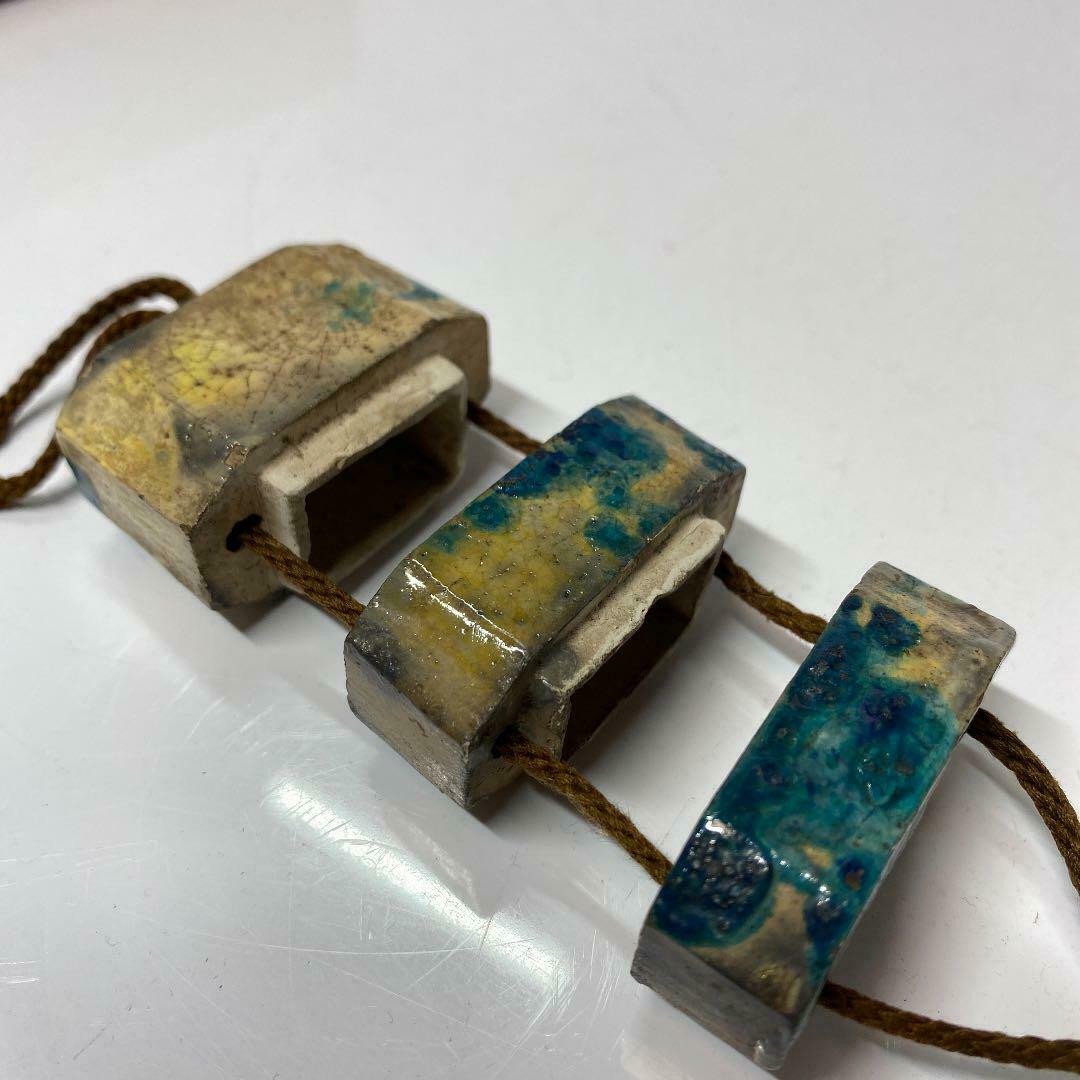






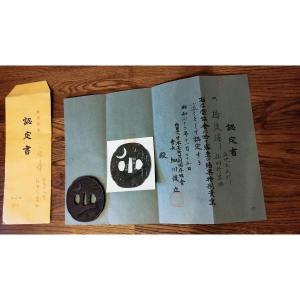
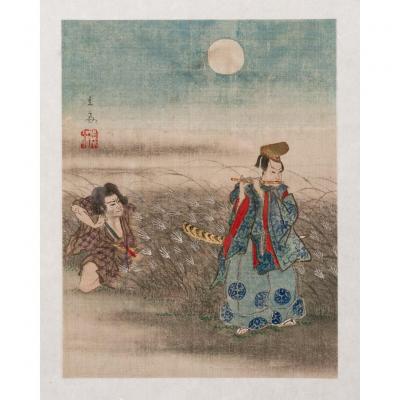



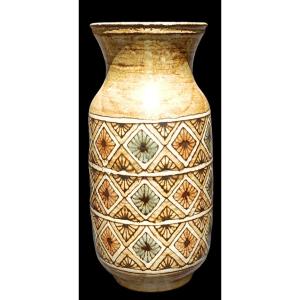

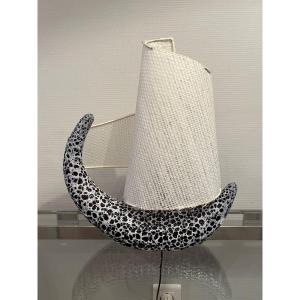
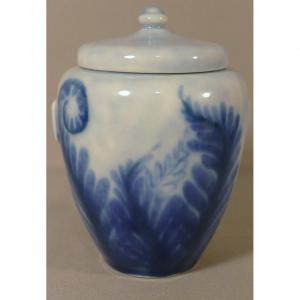

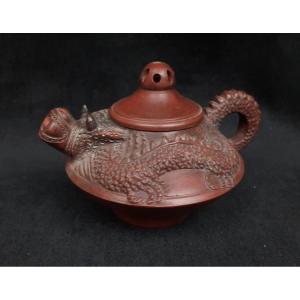



 Le Magazine de PROANTIC
Le Magazine de PROANTIC TRÉSORS Magazine
TRÉSORS Magazine Rivista Artiquariato
Rivista Artiquariato
